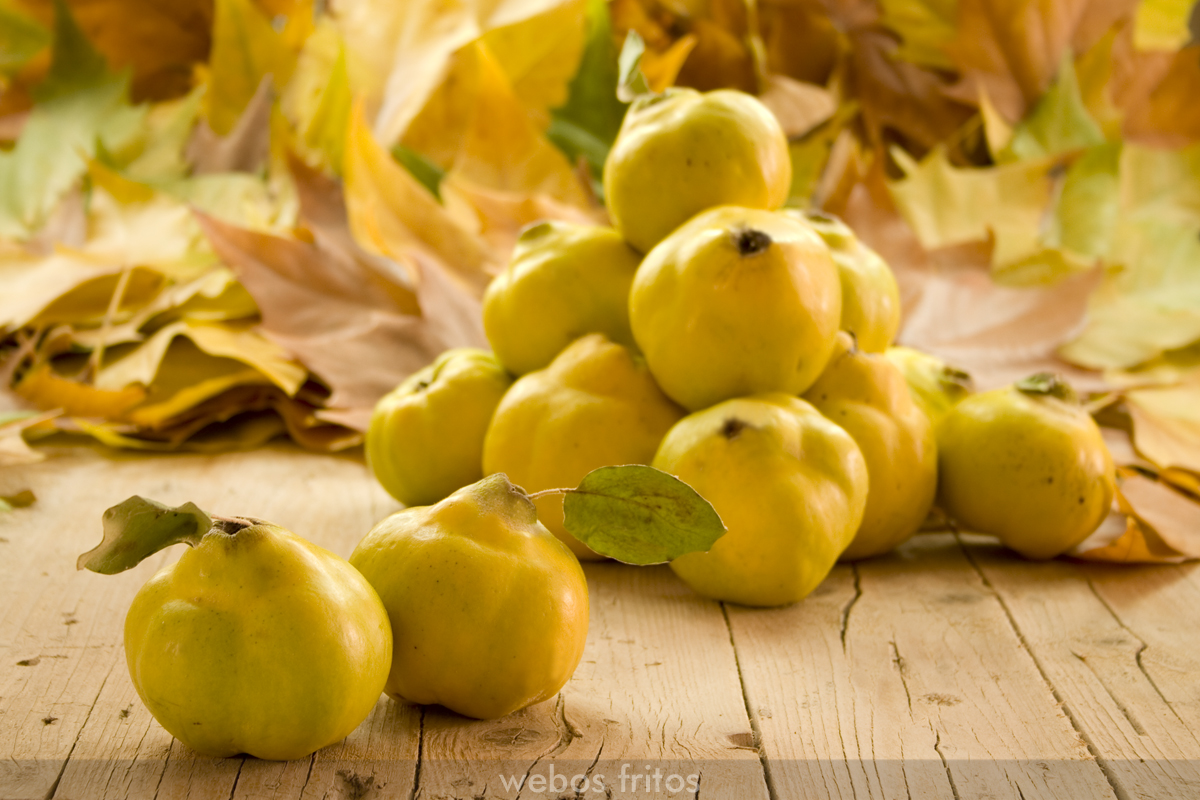 INTRODUCTION
INTRODUCTION
Even though pharmacological industries have
produced a number of new antibiotics in the last three
decades, resistance to these drugs by microorganisms has
increased. In general, bacteria have the genetic ability to
transmit and acquire resistance to drugs, which are
utilized as therapeutic agents (Gislene et al., 2000). For a
long period of time, plants have been a valuable source of
natural products for maintaining human health. The use of
plant extracts and phytochemicals, both with known
antimicrobial properties, can be of great significance in
therapeutic treatments (Seenivasan et al., 2006). Many
plants have been used because of their antimicrobial traits,
which are due to compounds synthesized in the secondary
metabolism of the plant. These products are known by
their active substances e.g. the phenolic compounds which
are part of the essential oils, as well as tannin (Tyagi and
Malik, 2010). Essential oils are more effective in
controlling biofilm cultures due to their better diffusibility
and mode of contact (Al-Shuneigat et al., 2005). Hence
the essential oils and other extracts of plants have evoked
interest as sources of natural products. They have been
screened for their potential uses as alternative remedies
for the treatment of many infectious diseases
(Tepe et al., 2004; Dorman and Deans, 2000).
Lemon is an important medicinal plant of the family
Rutaceae. It is cultivated mainly for its alkaloids, which
are having anticancer activities and the antibacterial
potential in crude extracts of different parts (viz., leaves,
stem, root and flower) of Lemon against clinically
significant bacterial strains has been reported
(Kawaii et al., 2000). Citrus flavonoids have a large
spectrum of biological activity including antibacterial,
antifungal, antidiabetic, anticancer and antiviral activities
(Burt, 2004; Ortuno et al., 2006). Flavonoids can function
as direct antioxidants and free radical scavengers, and
have the capacity to modulate enzymatic activities and
inhibit cell proliferation (Duthie and Crozier, 2000). In
plants, they appear to play a defensive role against
invading pathogens, including bacteria, fungi and viruses
(Sohn et al., 2004). Flavonoids are generally present in
glycosylated forms in plants, and the sugar moiety is an
important factor determining their bioavailability.
Preparation from peel, flowers and leaves of bitter orange
(Citrus aurantium L.) are popularly used in order to
minimize central nervous system disorders
(Pultrini et al., 2006).The peel of Citrus fruits is a rich
source of flavonoid glycosides, coumarins, $ and
(- sitosterol, glycosides and volatile oils
(Shahnah et al., 2007). Many polymethoxylated flavones
have several important bioactivities, which are very Br. J. Pharmacol. Toxicol., 2(3): 119-122, 2011
120
0
0.05
0.10
0.15
0.20
0.25
0.30
0.35
0.40
0.45
0.50
1:20 1:40 1:60 1:80 1:100
O.D. at 530 nm
Dilution
Methanol
Ethanol
Acetone
rare in other plants (Ahmad et al., 2006). In addition
the fiber of citrus fruit also contains bioactive
compounds, such as polyphenols, the most important
being vitamin C (or ascorbic acid), and they certainly
prevent and cure vitamin C deficiency-the cause of scurvy
(Aronson, 2001). Antimicrobial activity of the peel extract
is directly concerned with the components that they
contain. The studies showed that essential oils, protopine
and corydaline alkaloids, lactons, polyacetylene, acyclic
sesquiterpenes, hypericin and pseudohypericin
compounds are effective toward various bacteria.
Nevertheless, other active terpenes, as well as alcohols,
aldehydes, and esters, can contribute to the
overall antimicrobial effects of the essential oils
(Keles et al., 2001). The lemon peel extracts in different
solvents such as ethanol, methanol and acetone were
subjected to antibacterial assay. The extract in solvent
ethanol shows higher antimicrobial activity against tested
microorganisms in comparison with the extracts of lemon
peel in other solvents like methanol and acetone. The aim
of this study was to evaluate the potential of plant extracts
and phytochemicals on standard microorganism strains by
using routine antibacterial assay techniques.
MATERIALS AND METHODS
The study was conducted between June 2010 and
January 2011. The study was carried out at the
Department of Microbiology, Shivaji University,
Kolhapur, India.
Preparation of extract: The peel of lemon was
homogenized in different solvents individually and mixed
well. The solvents used were ethanol, acetone, and
methanol. The extracts were collected separately for
further study.
Cultures used for antimicrobial activity: The
microorganisms used were as follows, Pseudomonas
aeruginosa NCIM 2036, Salmonella typhimurium NCIM
5021, and Micrococcus aureus NCIM 5021.
Culture medium: Nutrient agar medium and a mineral
based medium were used in all further studies. The
compositions are as shown in Table 1 and 2, respectively.
Antimicrobial effect: Sterile molten nutrient agar at
around 40ºC was taken and seeded with different
microbial cultures and plates were prepared. After
Table 1: Composition of nutrient broth
Components (%
Read More DOWNLOAD COURSE






